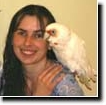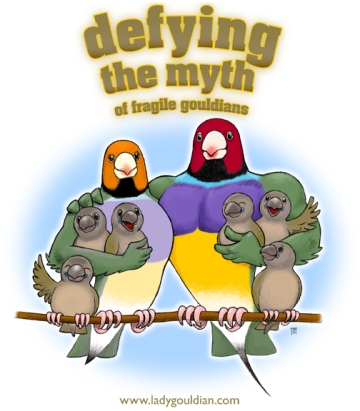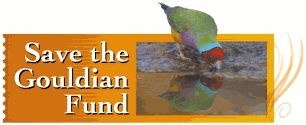To reach us by telephone:
770-939-4531
ADVICE FROM YOUR
BIRD’S BEST ADVOCATES
 Do you have a question that you have not found an answer for throughout this website or in my FAQ? Use this link to send your question directly to me. Be as specific as possible about the symptom or behavior in question...
Do you have a question that you have not found an answer for throughout this website or in my FAQ? Use this link to send your question directly to me. Be as specific as possible about the symptom or behavior in question...Dr. Rob is a world renowned avian veterinarian in Sydney, Australia. He was the veterinary consultant for the Northern Territory Nature and Conservation Commission for a scientific study of the disease status in the wild population of the endangered Gouldian Finches as it related to a "Recovery Plan".
 Tailai O’Brien is a Parrot Behavior Consultant who has worked along side Dr. Marshall and has developed special regimes for successful bird training and behavioral development. Fill out her Questionnaire so that she may help you with your parrot’s bad behavior.
Tailai O’Brien is a Parrot Behavior Consultant who has worked along side Dr. Marshall and has developed special regimes for successful bird training and behavioral development. Fill out her Questionnaire so that she may help you with your parrot’s bad behavior.Ladygouldian.com
is now a proud sponsor of the
Save the Gouldian Fund
A portion of all of our sales will be donated to the fund, in the hope that we may contribute in a small way to saving the wild
Gouldian Finches.
CLICK HERE to learn more…







